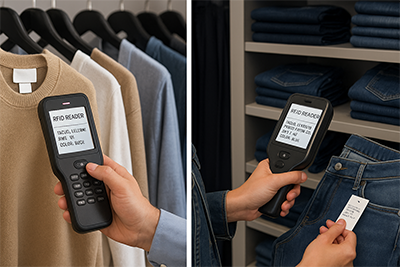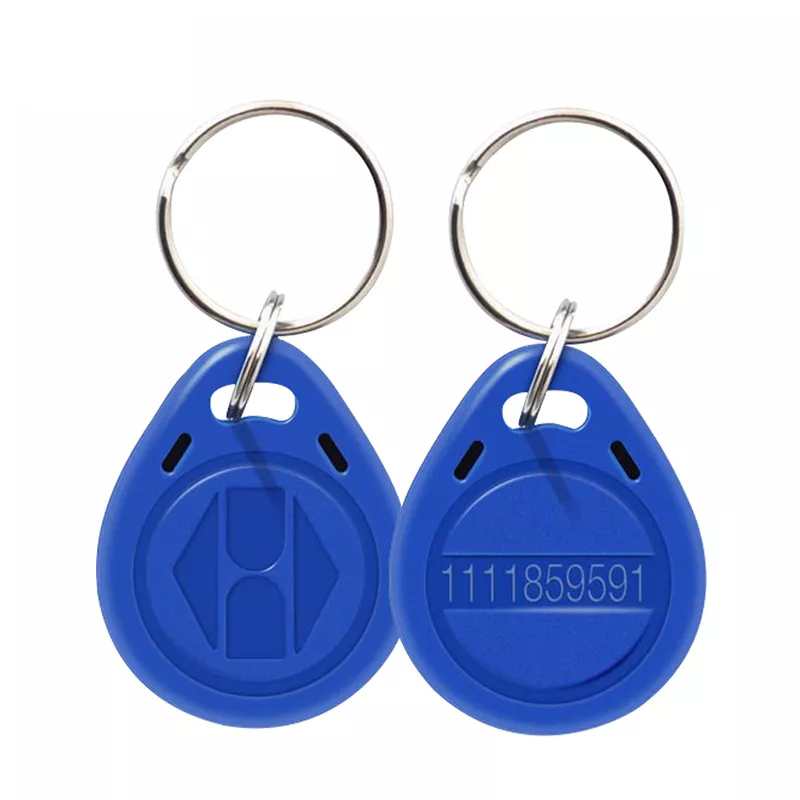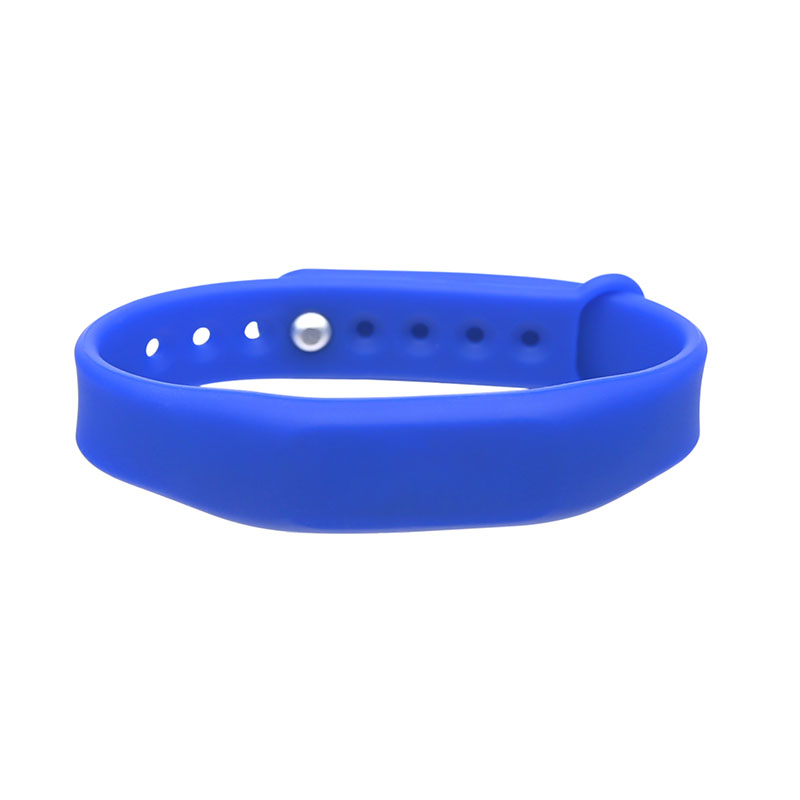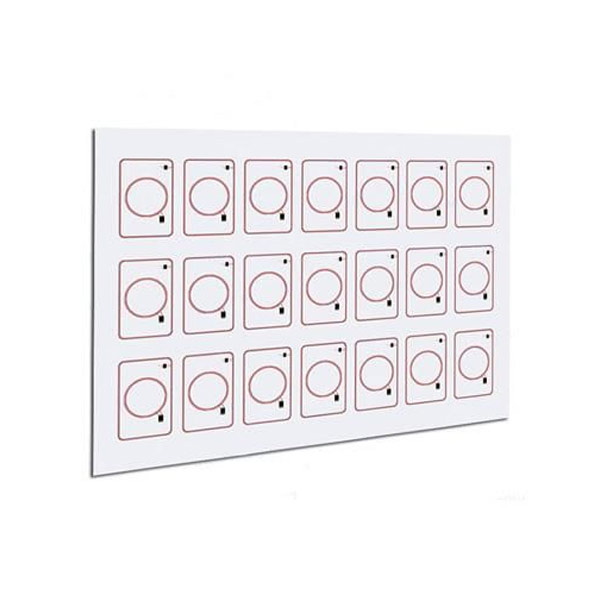RFID (Radio Frequency Identification) technology has gained widespread use across various industries, from retail to logistics, due to its efficiency in tracking and managing inventory. One of the most common applications of RFID is in clothing, where tags are embedded into garments to enable quick and accurate identification. For individuals, businesses, or tech enthusiasts who are looking to read RFID TAGs embedded in clothing, understanding the process is crucial. This guide will walk you through the steps, tools required, and tips to easily read RFID TAGs from clothes.
What is RFID Technology?
Before diving into the specifics of reading RFID TAGs from clothing, it's essential to understand what RFID technology is and how it works. RFID is a wireless communication system that uses electromagnetic fields to automatically identify and track tags attached to objects. RFID TAGs can store small amounts of information that can be retrieved remotely by an RFID reader.
RFID TAGs generally come in two types: Passive and Active.
Passive RFID TAGs: These tags do not have their own power source and rely on the energy emitted by an RFID reader to transmit data. They are most commonly used in retail clothing because they are cost-effective and small.
Active RFID TAGs: These tags are powered by a battery and can transmit signals over longer distances. They are more expensive and are used in applications that require real-time tracking over large areas.
For the purpose of this guide, we'll focus on passive RFID TAGs, as these are the most common type found in clothing.

Understanding the Basics of RFID TAGs in Clothing
RFID TAGs are typically embedded into clothing during the manufacturing process. The tags are often sewn into the garment's label or hidden in other inconspicuous areas like the hem or waistband. RFID TAGs in clothing can store information such as the product's ID number, size, color, and even the manufacturer.
The use of RFID TAGs in clothing offers numerous benefits to both businesses and consumers, such as:
Efficient inventory management: Retailers can track items in real-time without having to manually scan each one.
Improved shopping experience: Customers can quickly locate their desired items using RFID-enabled systems.
Enhanced security: RFID TAGs can help reduce theft by triggering alarms if an item is removed from a store without being properly checked out.
Step-by-Step Guide to Reading RFID TAGs from Clothes
Now that we understand the basics, let's walk through the steps to easily read RFID TAGs from clothes. This process involves several key components: an RFID reader, the clothing item with the RFID TAG, and software for processing the data.
1. Get the Right Equipment
To read RFID TAGs, you will need a few essential tools:
RFID Reader: An RFID reader is the device that will emit a radio signal to power up the RFID TAG and read its data. There are various types of RFID readers available, ranging from handheld devices to fixed readers. For reading RFID TAGs from clothes, a handheld portable reader is usually sufficient.
RFID Antenna: Many RFID readers come with an integrated antenna, but if you're using a standalone reader, make sure you have the appropriate antenna to read the signals.
Software: Once the RFID reader scans a tag, the data must be processed. Most RFID readers come with proprietary software to decode and display the information stored in the tags. However, if you're using a general-purpose reader, you may need third-party software that can interpret the data.
2. Power Up Your RFID Reader
Once you have your RFID reader, the first step is to power it on. Ensure that the device has sufficient battery life or is connected to a power source. Most handheld RFID readers will have a simple power button for this purpose.
Once powered up, the reader will typically perform a self-check, which may include calibrating the internal antenna. It may also display a status light to indicate that it is ready for use.
3. Activate the RFID Reader and Position It Near the Tag
RFID readers work by emitting a radio frequency signal that activates the tag. The tag responds by sending its stored data back to the reader.
To successfully read an RFID TAG in a piece of clothing:
Position the RFID reader close to the tag, typically within a few inches of the clothing item.
If the reader has a directional antenna, point it toward the area where the tag is embedded, such as the garment label or waistband.
Tip: Be aware of environmental factors that might interfere with the RFID signal. For example, metallic materials or thick fabrics can block the signal, so ensure you have direct line-of-sight to the RFID TAG for optimal results.
Once the reader is positioned near the tag, it will emit a radio signal. The RFID TAG will then reflect the signal back with the data stored on it. Most modern RFID readers can instantly detect and display the tag's information once it's within range.
For passive tags, the process will take a second or two.
For active tags, the process may take slightly longer, as these tags can transmit data over a longer distance.
The reader will display the tag’s unique ID, which may be associated with various attributes such as the product ID, size, color, and other details depending on how the tag was configured.
5. Analyze the Data from the RFID TAG
Once the RFID TAG has been read, the data will be displayed on the reader’s screen. If you're using software that connects to the RFID reader, the data may be sent to a database or inventory management system for further analysis.
The data typically consists of the following:
Tag ID: A unique number assigned to the RFID TAG.
Product Information: Information such as size, color, brand, and other details embedded in the RFID TAG.
Location Data (if applicable): In some systems, RFID TAGs may include location data that helps track the item within a store or warehouse.
6. Troubleshooting Common Issues
While RFID technology is reliable, there can be occasional issues that may prevent successful scanning. Here are some troubleshooting tips:
Interference: Objects made of metal or certain types of fabric may block the RFID signal. Ensure that the tag is not obstructed by thick materials or metallic objects.
Distance: Ensure that you're within the effective range of the reader. If the tag is not responding, try moving it closer to the reader.
Tag Damage: If the RFID TAG is damaged or poorly manufactured, it might not be readable. In such cases, the item may need to be replaced.
7. RFID Data Processing
After reading the RFID TAG, you may want to process or store the data. If you're using RFID for inventory management or retail purposes, the data will be transmitted to a centralized system where it can be cross-referenced with your database.
Software platforms like Zebra Technologies, Impinj, and Alien Technology offer comprehensive solutions for managing RFID data, from tracking inventory to generating real-time reports.

Benefits of Reading RFID TAGs from Clothes
Reading RFID TAGs from clothes offers several advantages, both for businesses and consumers:
Efficiency in Retail: RFID enables businesses to quickly scan multiple items at once, reducing the time spent on inventory checks and improving the accuracy of stock levels.
Better Customer Experience: Customers benefit from faster checkouts and more accurate product availability.
Loss Prevention: RFID technology helps reduce theft in retail stores by making it more difficult for individuals to remove items without detection.
Data Collection and Analytics: Businesses can gain valuable insights into their inventory turnover, product demand, and other key metrics through RFID data analysis.
Conclusion
Reading RFID TAGs from clothes is a simple and effective process that can help businesses and individuals manage inventory, track products, and improve efficiency. By following the steps outlined in this guide, you can easily use an RFID reader to scan and interpret the data embedded in clothing tags.
With the growing adoption of RFID technology in retail, fashion, and logistics, understanding how to read and use RFID TAGs is becoming an essential skill. Whether you're a retailer looking to streamline operations or a tech enthusiast exploring RFID systems, this guide provides you with the tools and knowledge to get started with ease.
Why choose us?
Established in 2010 – Over a decade of RFID experience
Full customization – RFID cards, wristbands, key fobs, and smart devices
High quality – ISO-compliant materials (ISO 14443, ISO 15693)
Secure solutions – Encrypted protocols and data protection
Flexible scalability – From startups to enterprise-level projects
Contact us today to learn how we can help streamline your inventory management with reliable, smart RFID solutions.






